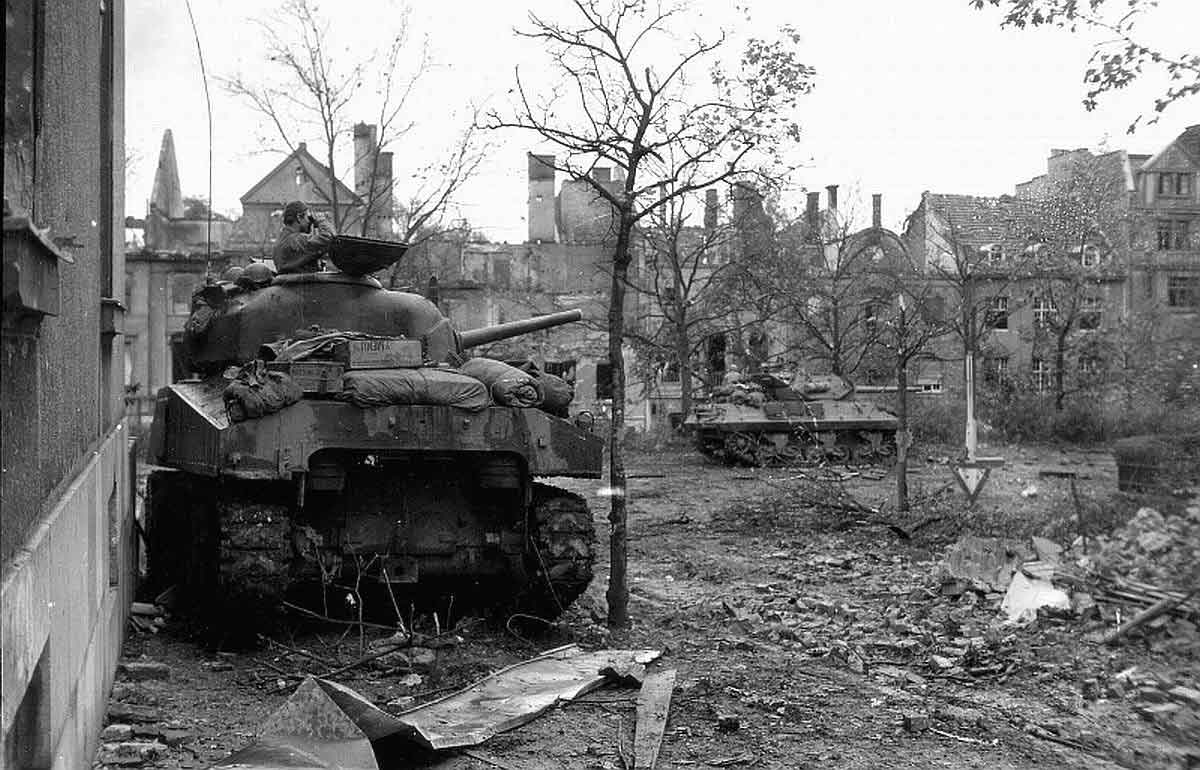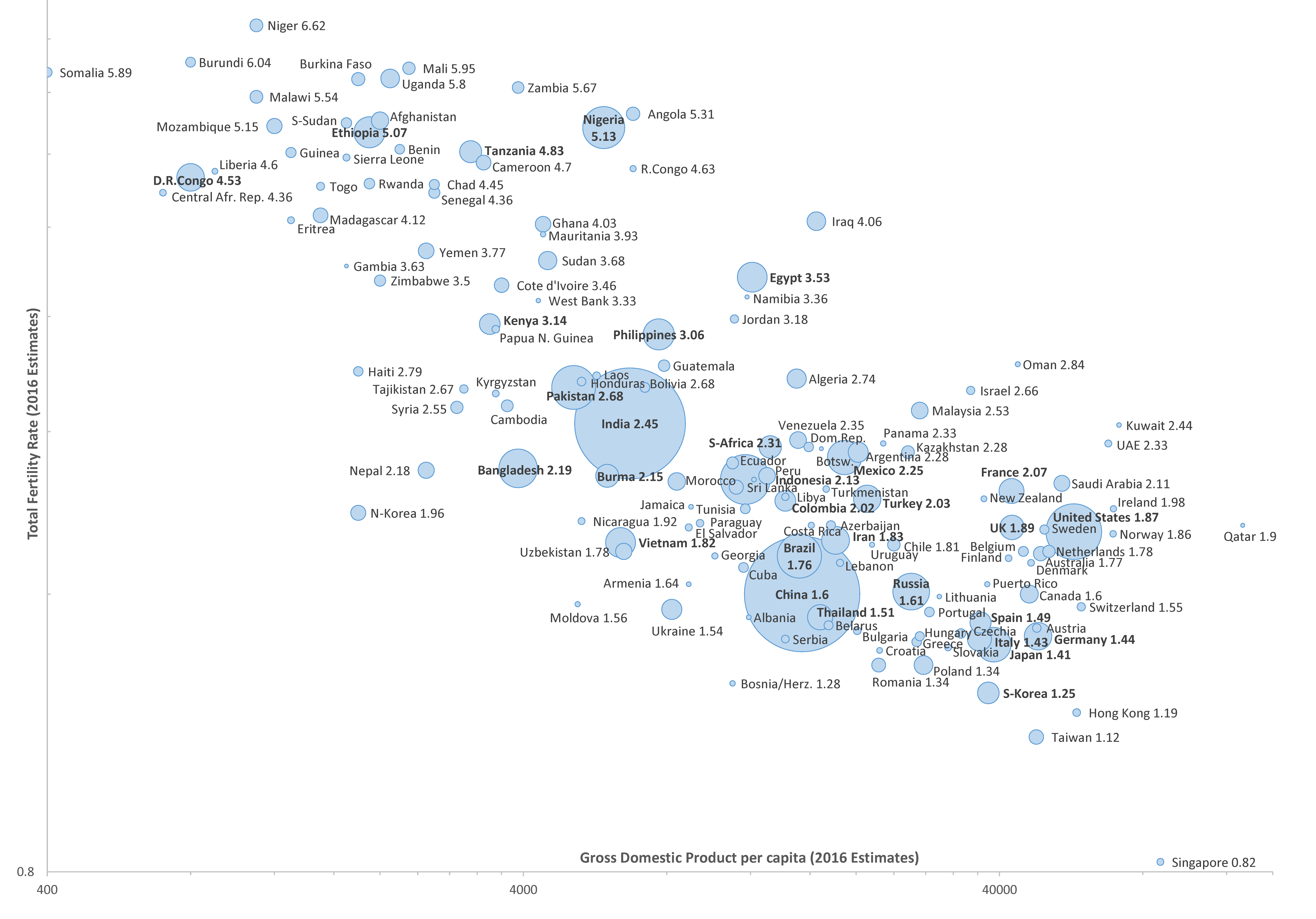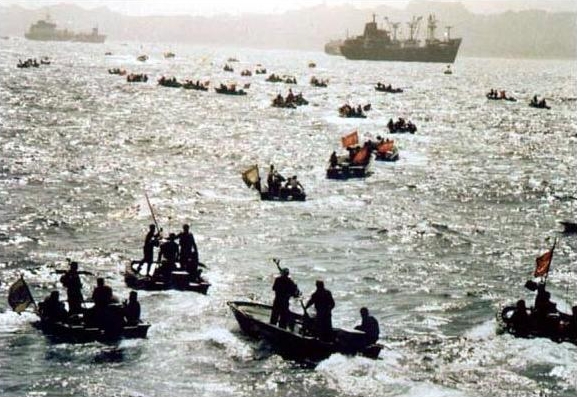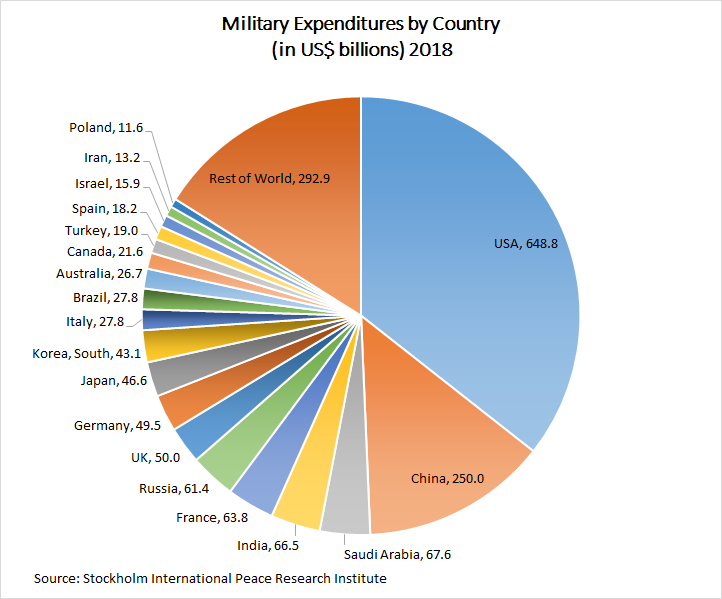
As some are aware, I am working on a book on the air battles during the Battle of Kursk. On 2 June 1943, the Germans organized a mass raid on the Kursk railway station using aircraft from the 1st Air Division of the Sixth Air Fleet and from the VIII Air Corps of the Fourth Air Fleet. The Sixth Air Fleet sent in 95 bomber sorties and 64 “destroyer” sorties (Me-110s) during the day, with heavy fighter cover. That night, they hit the Kursk area again with another 52 bomber sorties. The VIII Air Corps sent in 138 bomber missions during the day and 150 more during the night.
The German Air Force (Luftwaffe) burned its records towards the end of WWII, so in most cases there are not detailed records of their activity. In this case, there was. In the files of the Second Army, west of Kursk, are the records of the air liaison officer. It is in the National Archives, in the Captured German Records collection, file T312, roll R1234. The sortie counts given above are from those records. They also report their losses as 13 aircraft. The VIII Air Corps lost 1 Hs-126, 1 Ju-87, 3 He-111s and 1 Me-109 during the day and a Ju-88 at night. The Sixth Air Fleet lost 4 Ju-88s, 1 Me-110 and 1 Fw-190 during the day and nothing at night. I state in my book that “German losses connected with these raids were about 10 aircraft (2 percent losses)” as I am guessing that some of those 13 planes may have been lost in other operations (for example, the lost Hs-126 was probably doing reconnaissance). See Kursk: The Battle of Prokhorovka, page 303. E. R. Hooton in the book War Over the Steppes, page 200, states that the Germans lost 17 bombers. He does not footnote his sources. Bergstrom in Kursk: The Air Battle: July 1943, page 21, states that “Seventeen of these aircraft were shot down and destroyed and another eight sustained severe battle damage.” His source is the Luftwaffe Quartermaster reports. These claims from the Luftwaffe Quartermaster reports probably include losses from other causes (like mechanical, accidents and returned planes that were later scavenged for parts) and other missions.
On the other hand, another book written by two U.S. based authors state that “Certain Soviet sources list 145 German aircraft down (104 by VVS fighters and 41 by antiaircraft fire), with a modest loss of 27 Soviet fighters.” They footnote the source as a Soviet-era book from 1977. I had found the same claim of 145 kills in a Soviet-era Progress Press publication from 1974.
I am not breaking new ground by pointing out that Soviet-era publications often exaggerated enemy casualties. As discussed in my Kursk book, the units involved often made these outrageous claims and this it what was in their unit records. Therefore these claims ended up in the Soviet historical accounts.
Needless to say, one needs to cross-check all Soviet-era claims before they are used in a book. It is not enough just to say “Certain Soviet sources…” and ignor the German records. It certainly does give the wrong impressions of the operations, especially to the casual reader. Yet this is done repeatedly in this book, even though it was updated and published in 2012.



 Back in 2001 we did our first report on urban warfare. It was followed by
Back in 2001 we did our first report on urban warfare. It was followed by 



